Menacing 59-foot asteroid rushing towards Earth! Close approach today
NASA has issued an alert due to a menacing space rock which is headed for Earth today. Know its speed, distance, size and more.


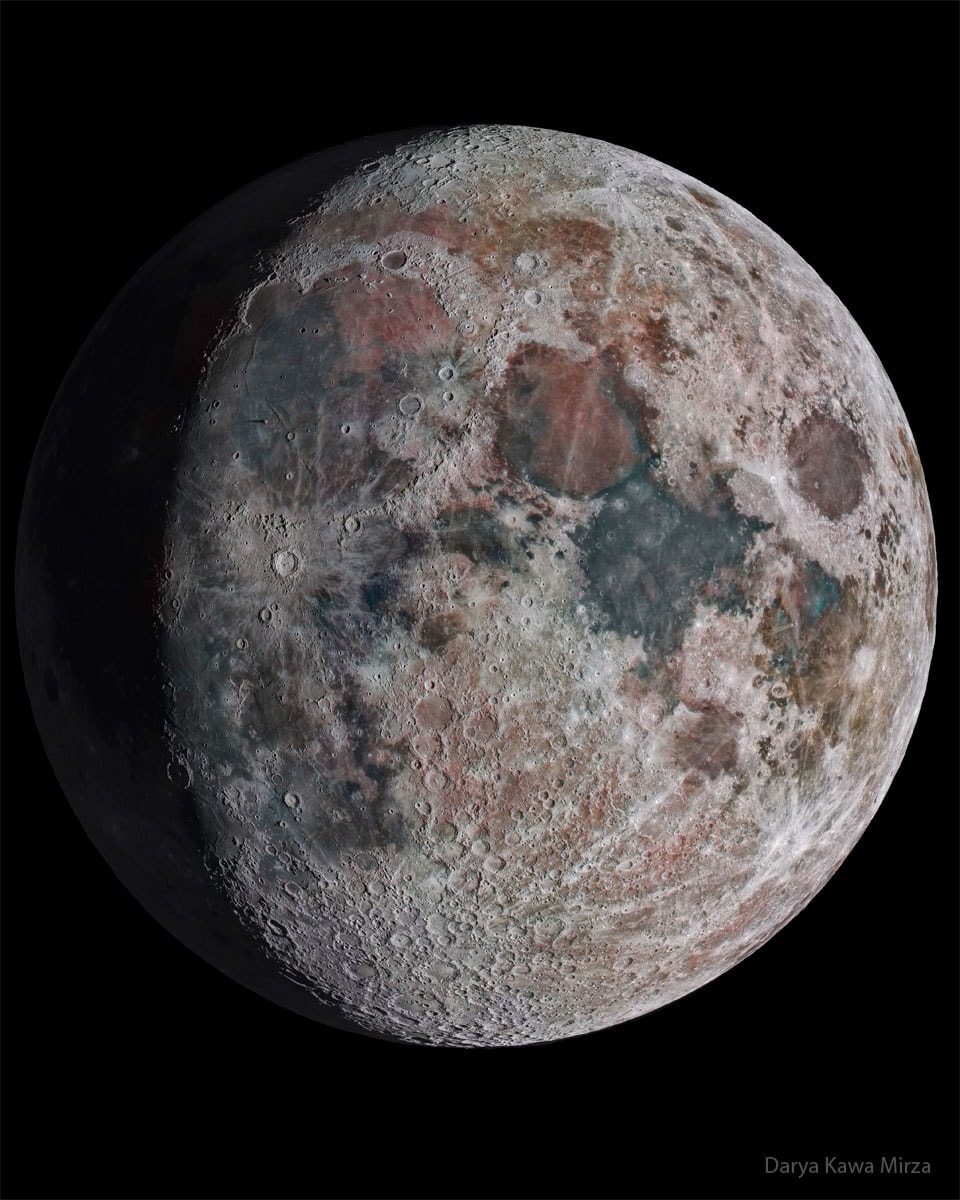
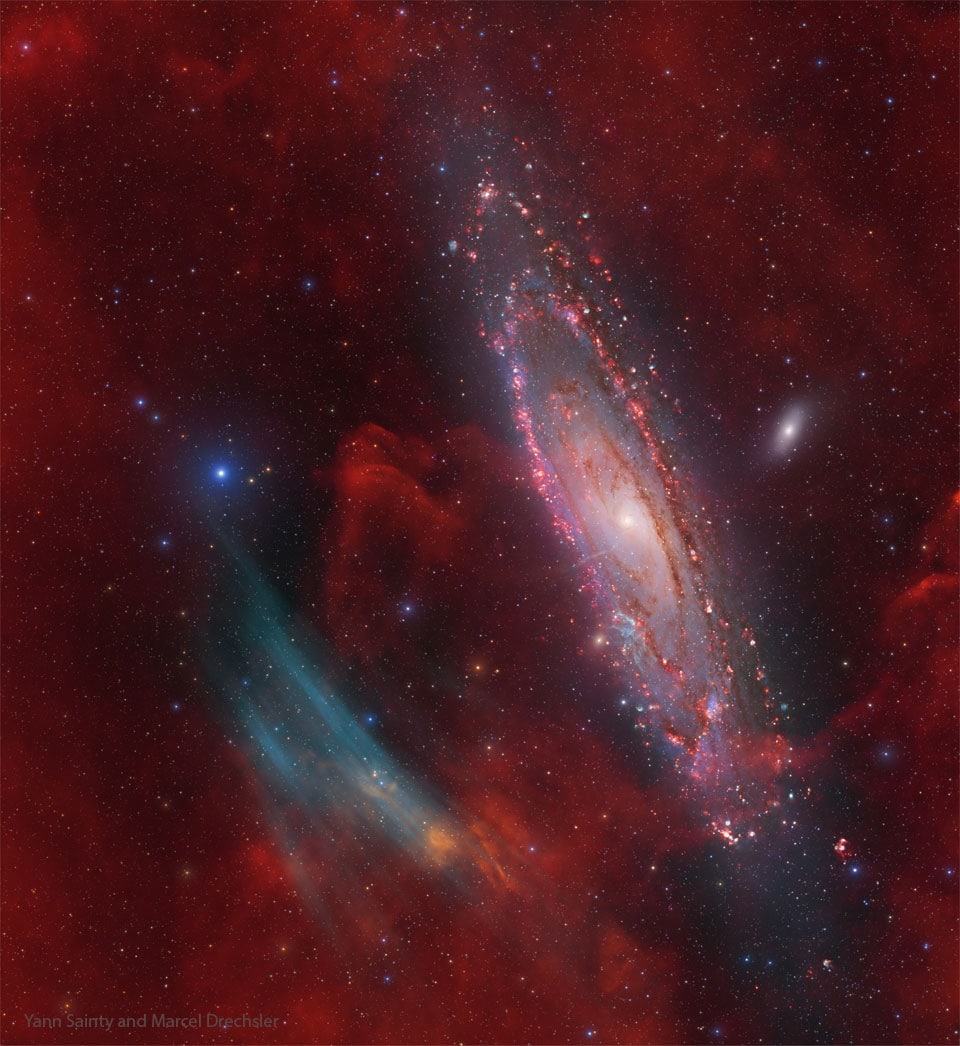
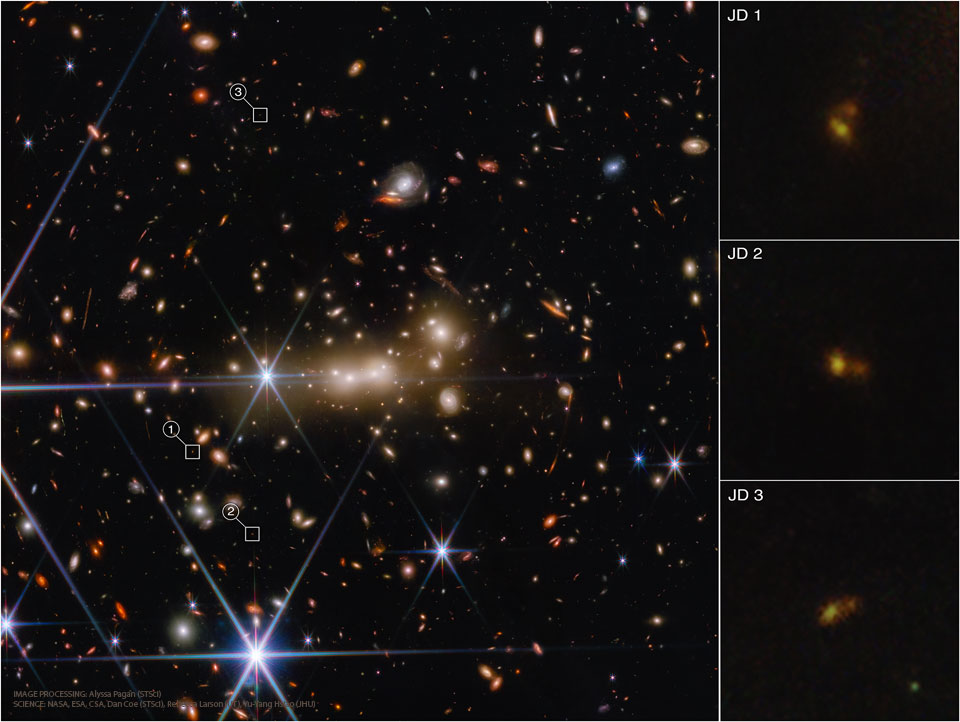
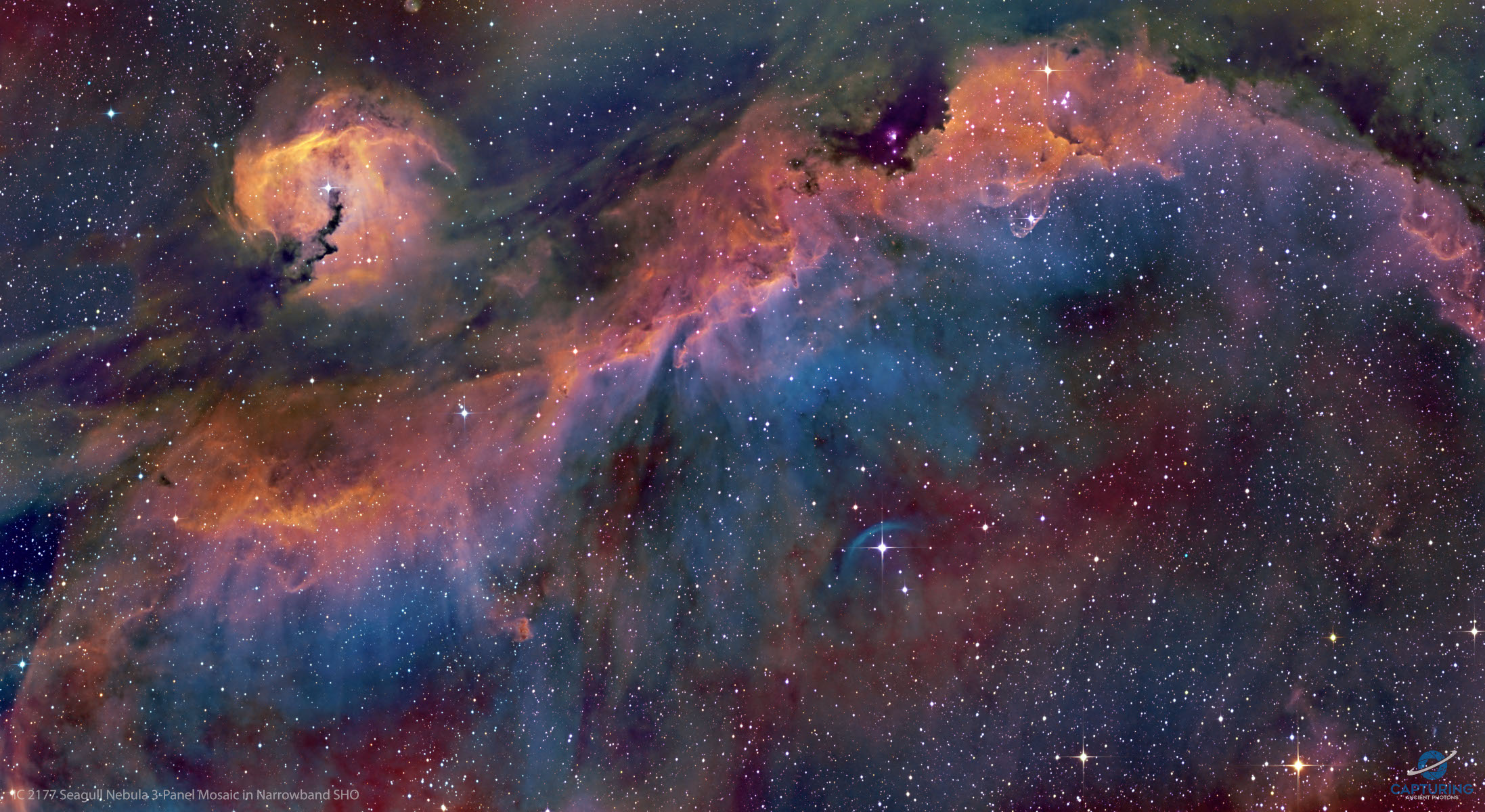
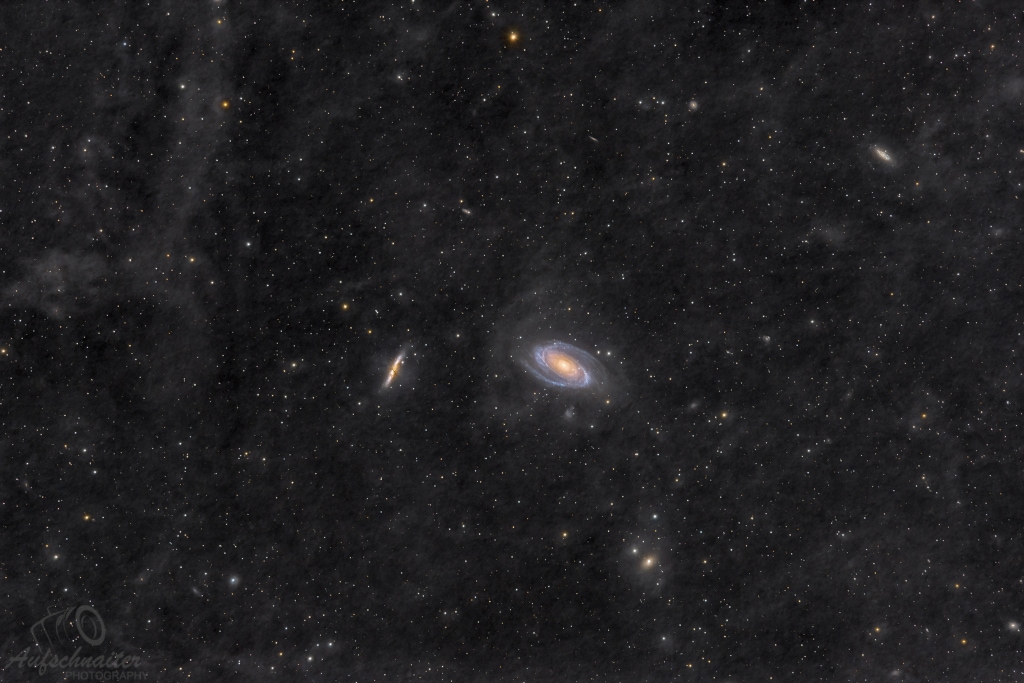

 View all Images
View all ImagesOnce every few million years, a planet-killing space rock impacts the Earth, according to NASA. As these space rocks revolve around the Sun in their elliptical orbits, the asteroids also rotate, sometimes quite erratically, according to NASA. Colossal asteroids have been responsible for some of the biggest events in history. From the Chelyabinsk disaster that claimed many lives to the meteor which caused the extinction of dinosaurs millions of years ago, whenever meteors have crashed on Earth, they have impacted lives.
Although a planet-killing space rock is not expected to make a trip to Earth anytime soon, NASA has warned that an asteroid speeding towards Earth today, January 25.
Asteroid 2023 BY details
The Potentially Hazardous Asteroid, named as Asteroid 2023 BY is already on its way towards Earth travelling at a staggering speed of 42229 kilometers per hour and is expected to just miss the planet today, January 25. It will make its closest approach to Earth at a distance of just 3.2 million kilometers, according to NASA. NASA's Planetary Defense Coordination Office has warned that Asteroid 2023 BY is nearly the size of a house, with a width of 59 feet.
According to the-sky.org, the Asteroid 2023 BY was discovered just recently on 21 January and it belongs to the Aten group of asteroids. It takes just 278 days to orbit the Sun during which its maximum distance from the Sun is 178 million kilometers and minimum distance is 71 million kilometers.
How does NASA track asteroids?
NASA keeps a watch on these asteroids by studying data collected by various telescopes and observatories such as the Pan-STARRS, the Catalina Sky Survey and the NEOWISE telescope. NASA also has a NEO Surveyor mission planned for launch in 2026 to gain even greater in-depth data using a new orbiter. NASA can track the orbital path of the asteroid using this infrared data and can even predict its orbit years into the future.
Catch all the Latest Tech News, Mobile News, Laptop News, Gaming news, Wearables News , How To News, also keep up with us on Whatsapp channel,Twitter, Facebook, Google News, and Instagram. For our latest videos, subscribe to our YouTube channel.




























